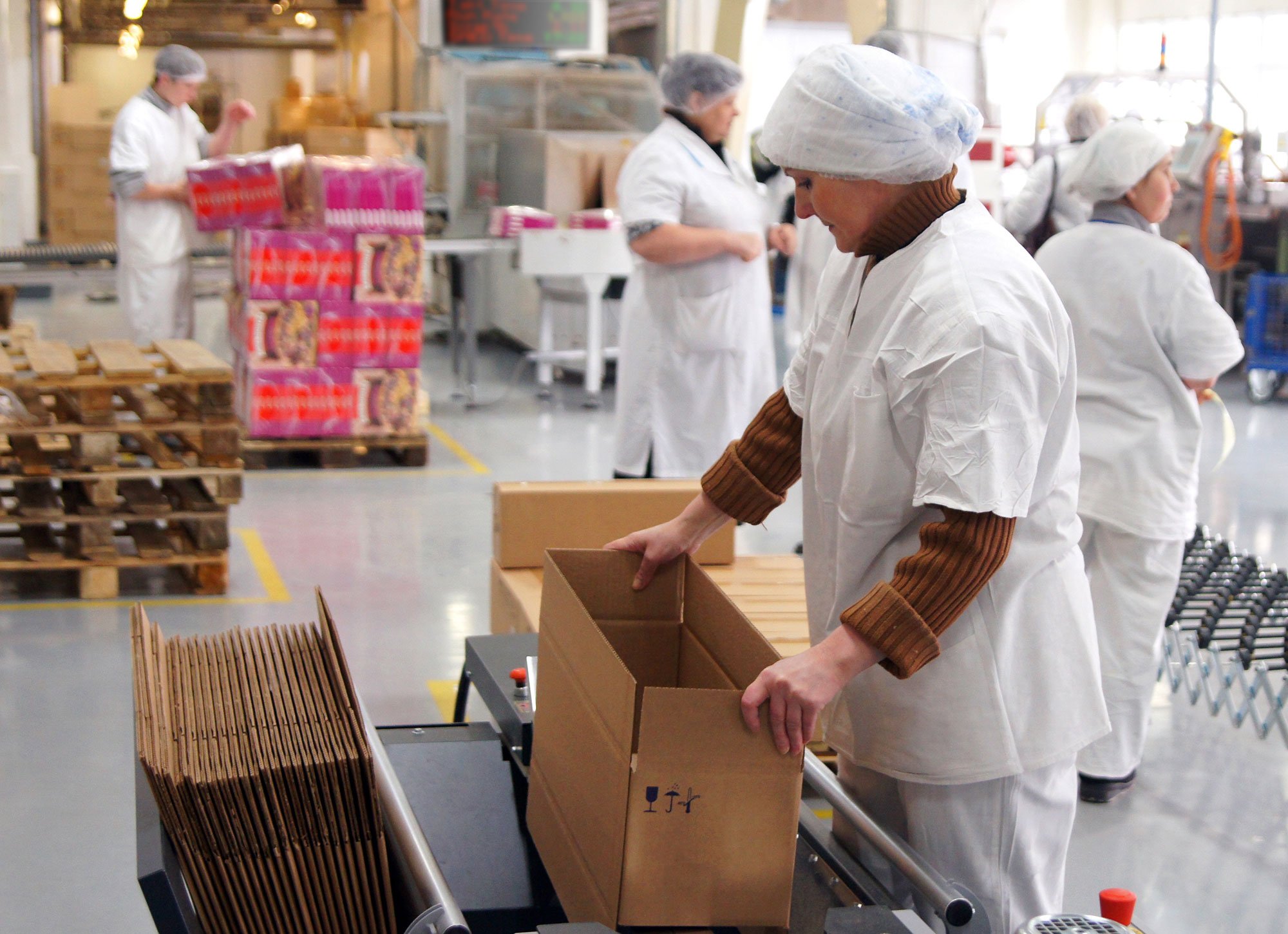I was recently in an FMCG plant that has a hand packing hall. In this particular operation, every individual unit is manually lifted from the line and placed into a cardboard box, sealed, and then hand palletised. The manager explained how amazing it was that when the team were behind on performance and needed overtime to finish the run, just how frequently the amount of time needed was exactly one or two hours!
Sound familiar?
It is certainly no secret that every company is constantly in a cost reduction mode. It is just smart business. The key is finding the secrets that will create the savings you are looking for that fit the application.
In certain situations, simple steps like shop floor visualisation and scoreboards provide enough answers to reduce overtime and generate payback.
With that in mind, these 5 steps enable operators to focus on what they can improve in the next few hours whether it’s getting the line to speed, quickly reacting to down events or meeting a changeover target.

(We’re using the example of a hand packing hall and boxing set-up, but you can apply this to any semi-manual process that is overtime intensive.)
1. Get a signal:
Firstly, get a pulse for every box packed. This particular site had a really simple automated tape machine built into the conveyor - fully mechanical with 3 spring-loaded moving parts. The answer: install a £20 laser eye to pick up the movement of one moving part.
2. Work out a reasonable run rate (cycle time) for the packing team:
What time does your team need to work to meet output? What speed can they realistically achieve? Calculate the first one from the speed of your slowest automated machine. Calculate the second one through some line-based timings - ensure you consider your health and safety requirements.
3. Set-up your productivity appliance to display the following:
- Target packing speed.
- Actual packing speed
- Minutes lost due to slow running/stops
- Units left until the end of run
Understand the KPIs that are most motivating for your team whether it’s the number of slow cycles, number of minor stops or minutes in changeover time. Use these to set-up a goal countdown scoreboard
4. Review performance with the team, several times in the day.
Ensure that they understand the metrics. Ensure that your front-line management team use the metrics to support and encourage the team.
5. Watch your overtime bill freefall as the teams become engaged with real-time data that they can control.
This process is used most effectively with small rewards for targets reached but our experience tells us it will be effective.
If you would like to massively reduce your manual handling overtime bill or any other application for shop floor visualisation, try our 90-day XL Platform Free Trial Offer.

